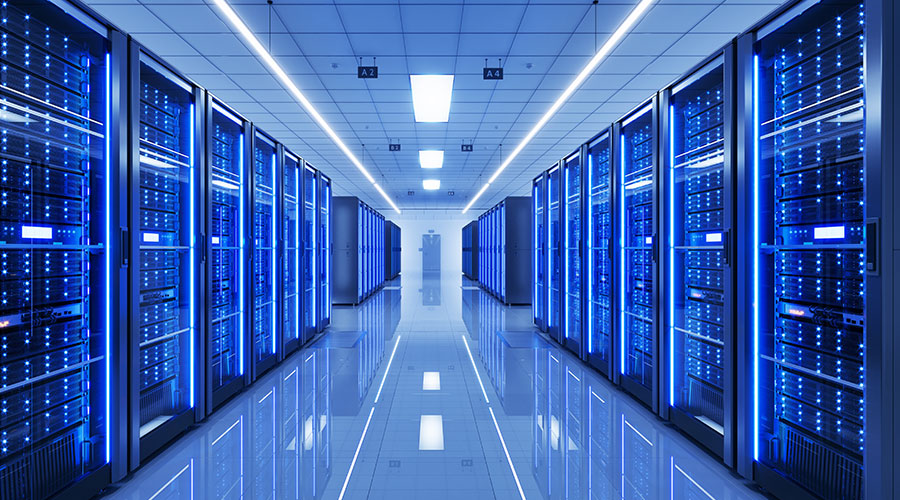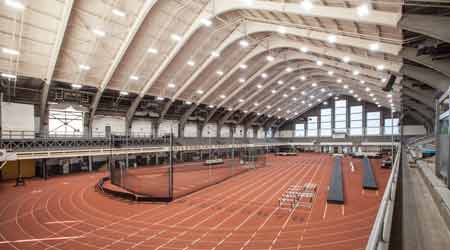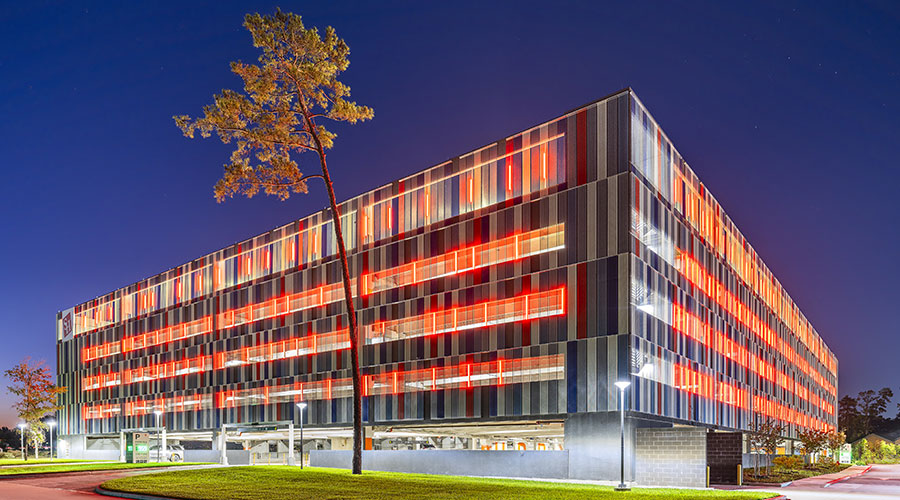Shining a Light on LEDs
The most effective applications depend on matching advances in the technology to facility needs.
LEDs are one of the most energy-efficient and quickly evolving lighting technologies and offer the potential to fundamentally change the future of lighting in institutional and commercial facilities.
Widespread use of LEDs could save the equivalent annual electrical output of 44 large electric power plants by 2027, a total savings of more than $30 billion at today’s electricity prices, according to the U.S. Department of Energy.
Eye on opportunities
What does this all mean to a facility, and what should maintenance and engineering managers look for in planning an upgrade to use the latest technology? The main advantage of upgrading from an incandescent or fluorescent lighting system to an LED system relates to energy cost savings over the life of a facility. Ultimately, managers need to consider several factors when looking to implement the latest technology, but here are a few considerations to keep in mind when contemplating an upgrade:
• Can the current lighting control system or network support the features of the LED fixtures?
• 0-10V dimming, DMX, or DALI systems are good candidates for controlling LED fixtures while providing support for the color tuning, color mixing, and other controllability functions available.
• The proper recycling of old fluorescent or mercury vapor lighting fixtures is important. Managers need to check with the local jurisdiction to ensure workers use proper recycling procedures.
Beyond making strides in the use of LEDs in displays and mobile devices, LED and solid-state lighting manufacturers also have improved LED technology since becoming widely used in commercial building lighting applications. Today’s LED light fixtures are more efficient, and in most cases, they are more cost effective than incandescent or fluorescent solutions. The latest advances — including color temperature tuning, color mixing, beam angle tuning, and glare control optics — have far-reaching applications in facilities. Also, recent advances in technology allow power over Ethernet (PoE) light fixtures and lighting fidelity (Li-Fi) based wireless communications to take a foothold in the building sector.
One recent technology advance demonstrates continuous disinfection lighting systems utilizing non-ultraviolet, narrowly tuned spectrum of light to provide visible white light and to target and eliminate bacteria. As these LED technologies advance, one element that will need to change with it is the control system. Managers who are looking to incorporate any of these new types of technology within a facility also might be able to upgrading to a more robust lighting control system.
Related Topics:













